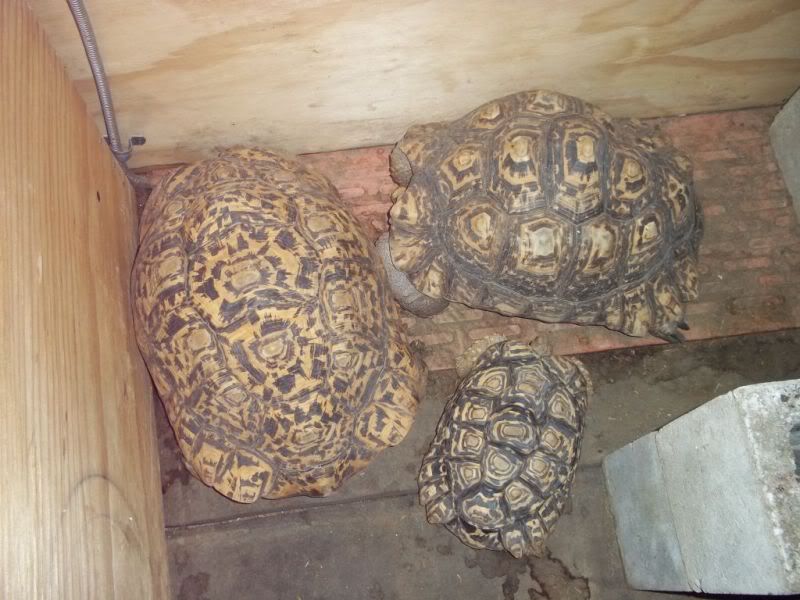matt41gb said:You know, there are tons of posts on here debating why some captive raised tortoises are pyramided. Has anyone ever thought that "stress" could be a contributing factor? Being stressed and coming down from it causes all sorts of health problems in tortoises. I think the majority of tortoise keepers ignore the fact that they're handling a wild animal everyday, thinking that they like being in captivity. Nobody ever thinks that everything to a tortoise stresses it out. For example, handling (to them, they're about to be eaten,) competition at the food bowl, watering hole, ect... When your tortoise has a runny nose, URI, parasites, anorexia, lethargy, stress is always the initial, underlying cause. I definitely think we need to re-evaluate the whole "pyramiding" debate and add stress as a factor.
We all know that a stressed tortoise will eventually become an ill tortoise. Why can't a stressed tortoise become a pyramided tortoise?
-Matt
-Matt
I like your thinking on this Matt. The more I think about it the more I realize that those who raise smooth tortoises often seem to take a very hands-off approach. They soak every once in a while and have the enclosure set up and running "automatically". The tort sees the person when the food comes, but still may not be "handled" for days/weeks on end so maybe it is less stressed. I like this thought, it seems as plausible as any other and it's one thing I haven't heard anyone expressly say before. Thank you.
Once again, since everyone is hypersensitive on any thread that is pyramiding-related, stress could be an important FACTOR, not a end-all be-all of tortoise pyramiding problems.


